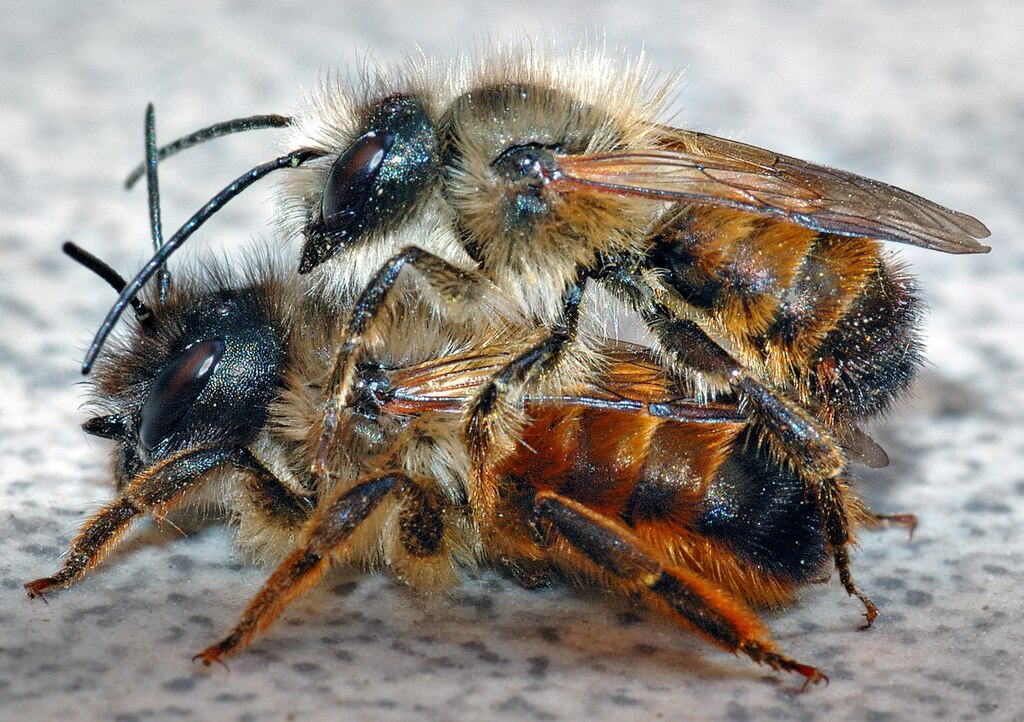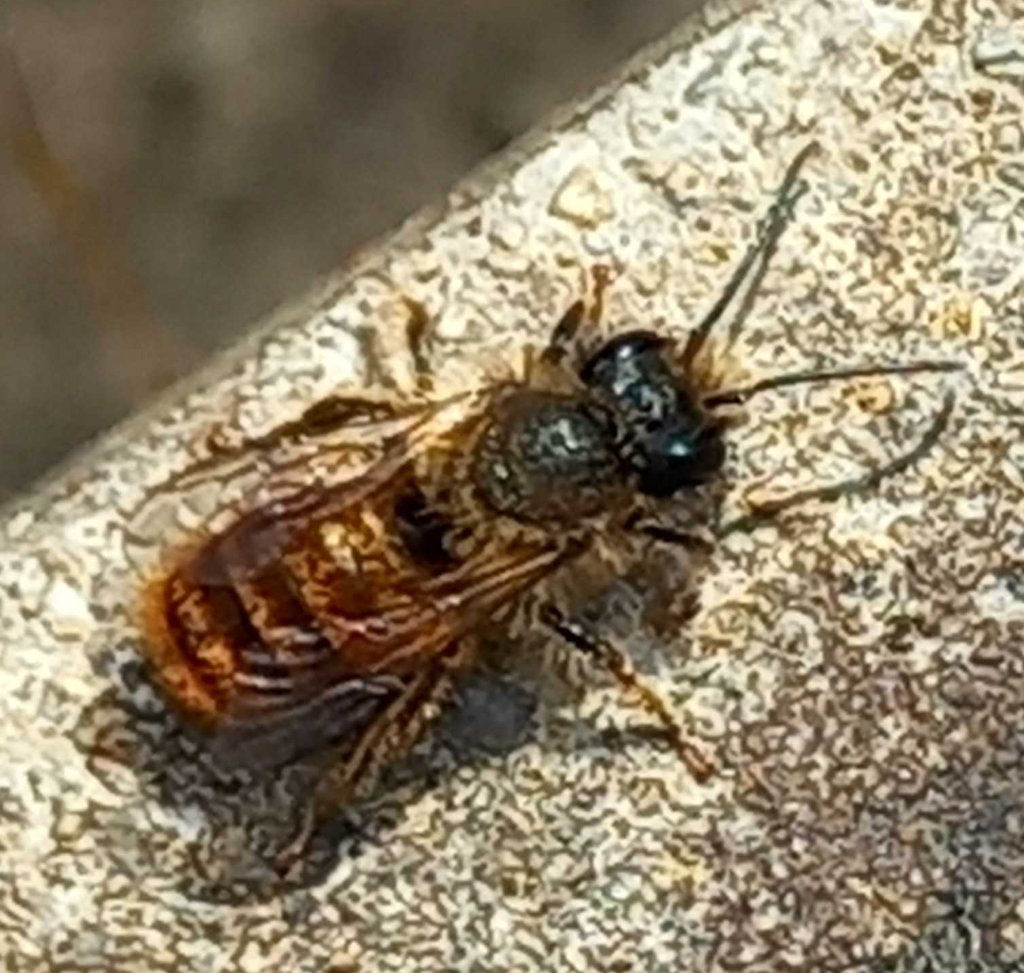Broken planning system makes investing in UK too risky, warns pension fund giant
Szu Ping Chan
Mon, May 20, 2024

Britain’s broken planning system has made UK projects too risky to invest in, the head of the country’s biggest local government pension scheme has warned.
Rachel Elwell, chief executive of Border to Coast, said Rishi Sunak’s failure to slash red tape meant investors were demanding a Nimby premium to plough money into the UK.
The pensions giant, which is responsible for managing £60bn of assets, urged the Prime Minister to do more to reduce lengthy delays.
Ms Elwell said: “The fact that it takes a decade to be able to link a new renewable energy source to the grid is just not good for the UK. And the amount of construction risk that brings to asset owners isn’t something that we typically would have in our risk appetite.”
Mark Lyon, Border to Coast’s deputy chief investment officer, also warned that the FTSE 100 would struggle to shake its reputation as a “stale index” as a growing number of companies threaten to delist from Britain’s blue-chip group.
While Border to Coast has £4.5bn invested in UK equities, Mr Lyon said it would be “difficult” to see the FTSE 100 “returning to [its] former glory”.
In an interview with The Telegraph, Ms Elwell said the risks extended well beyond big energy projects.
“More generally we have underinvested in our capabilities to be able to process planning,” she said.
“If things get caught in planning for several years, then you’ve got that construction risk and planning risk.”
Mark Lyon, deputy chief investment officer, added: “When you have a lack of visibility on when your returns are going to be generated, you effectively have to think about that in the return. You want to be able to compensate for that additional risk.”
Border to Coast has just launched a UK opportunities fund worth half a billion pounds.
While this represents a bet on Britain with investments planned in housing, transport and renewable energy that will benefit local communities, Ms Elwell warned that long planning delays were acting as a barrier to investment. “We’re building a portfolio that has a certain level of risk in it. And so if you are able to reduce that element of risk, we could do more.”
While Ms Elwell said maintaining a diverse portfolio was the imperative of her investment team, she added: “I think you would get more capital wanting to go in, which then could reduce the cost to the UK.”
Mr Lyon added: “Investors are [then] likely to require a lower return because the risk has been reduced.”
Britain’s stock market has been hit by a string of delistings in recent years. Oil giant Shell, the second-biggest company in the FTSE by market value, has also warned it is considering leaving London in favour of New York because of valuation concerns.
Mr Lyon said: “Some will argue it’s a stale index given that it’s ‘old economy’. It’s mining. It’s oil and gas. It’s financials. It doesn’t have a tech sector which has driven the US equity market and by default the global equity market.
“The positive points are the current valuations are significantly below where they have been long term and at a big discount to global equity markets.
“Is there a catalyst that we can see that sees the UK returning to former glory? [That’s] difficult at the moment. But there’s a lot of value within the market.”













